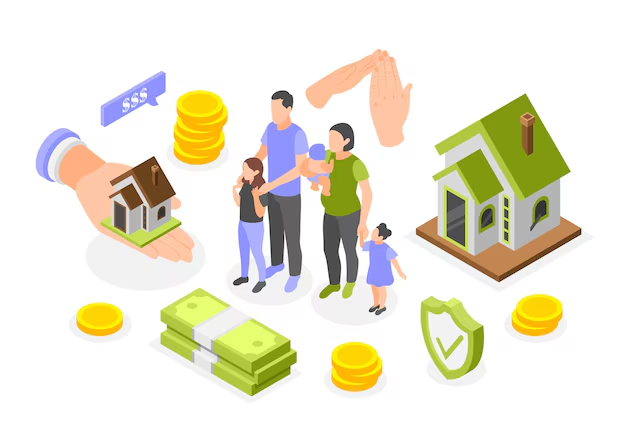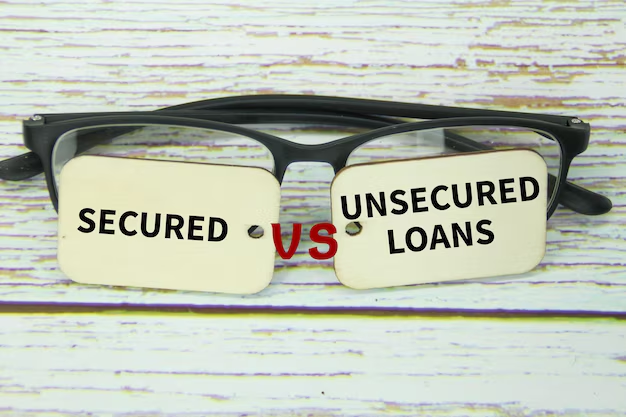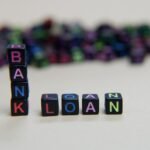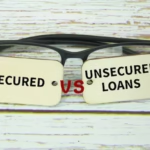When borrowing money, one of the first decisions that both lenders and borrowers must make is whether to opt for a secured or unsecured loan. Understanding the differences between these two types of loans, their benefits, and risks is crucial for both parties. In this article, we will explore the nature of secured and unsecured loans, how they impact lenders and borrowers, and provide guidance on which may be safer based on different financial situations.
What is a Secured Loan?
A secured loan is one that is backed by an asset that the borrower owns, such as a car, house, or other valuable property. This collateral acts as a form of security for the lender. In the event that the borrower fails to repay the loan, the lender has the right to seize the collateral to recover the outstanding debt. Common examples of secured loans include mortgages and auto loans.
Key Features of Secured Loans:
- Collateral Required: Borrowers must pledge an asset as collateral.
- Lower Interest Rates: Because the lender’s risk is reduced, secured loans typically come with lower interest rates compared to unsecured loans.
- Higher Loan Amounts: Secured loans often allow borrowers to take out larger loan amounts.
- Risk of Losing Collateral: The main risk for the borrower is the possibility of losing their pledged asset if they fail to repay the loan.
What is an Unsecured Loan?
An unsecured loan, on the other hand, is not backed by any asset. Instead, the lender relies on the borrower’s creditworthiness and ability to repay the loan. If the borrower defaults, the lender cannot seize property, but they can take legal action to recover the debt. Unsecured loans include credit cards, personal loans, and student loans.

Key Features of Unsecured Loans:
- No Collateral Needed: Borrowers do not need to pledge any assets.
- Higher Interest Rates: Since there is no collateral to back the loan, unsecured loans generally come with higher interest rates.
- Lower Loan Amounts: Borrowers may be limited in the amount they can borrow with unsecured loans.
- Creditworthiness Affects Terms: The borrower’s credit score and financial history are crucial in determining loan approval and terms.
Which Loan Is Safer for Lenders?
When evaluating which loan type is safer for lenders, it largely comes down to the level of risk involved in the loan. Secured loans are inherently safer for lenders because they are backed by collateral. If the borrower defaults, the lender can recoup at least part of their losses by selling the asset. For instance, in a mortgage loan, if the borrower cannot repay the loan, the lender can foreclose on the property and sell it to recover the outstanding amount.
On the other hand, unsecured loans carry a higher level of risk for lenders. Since there is no collateral to seize, the lender must rely solely on the borrower’s creditworthiness. If the borrower defaults, the lender may only be able to pursue legal action or seek payment through collections, which does not guarantee full repayment.
Therefore, secured loans are generally safer for lenders because of the added protection collateral provides.
Which Loan Is Safer for Borrowers?
For borrowers, the decision between secured and unsecured loans often revolves around the potential risks and rewards. Secured loans come with the risk of losing the pledged collateral if payments are not made. For example, if a borrower defaults on a car loan, the lender may repossess the vehicle. If a borrower defaults on a mortgage, the lender may foreclose on the home. This can lead to significant financial and personal consequences for the borrower.
In contrast, unsecured loans don’t require any collateral, which means there is no risk of losing personal property. However, unsecured loans typically come with higher interest rates due to the increased risk for lenders. For borrowers with strong credit histories, unsecured loans may be a safer option as they do not risk losing assets, but they will likely face higher borrowing costs.
In conclusion, unsecured loans are generally safer for borrowers, as they do not risk losing property. However, they come with higher interest rates, which can increase the overall cost of borrowing.
Benefits and Risks for Both Lenders and Borrowers
Benefits for Lenders:
- Secured Loans: Lenders are less likely to lose money because of the collateral, which makes these loans less risky. Additionally, secured loans often carry lower interest rates and larger loan amounts.
- Unsecured Loans: Lenders can provide loans without requiring collateral, which may appeal to borrowers who don’t want to risk their assets. However, unsecured loans typically come with higher interest rates to compensate for the increased risk.
Risks for Lenders:
- Secured Loans: The primary risk for lenders is that the collateral might not be worth enough to cover the outstanding loan amount in the event of default.
- Unsecured Loans: The main risk for lenders is that they have no recourse to recover the loan if the borrower defaults. This can result in a loss of the entire loan amount.
Benefits for Borrowers:
- Secured Loans: These loans typically offer lower interest rates and larger loan amounts, making them ideal for borrowers with valuable collateral and a need for significant financial assistance.
- Unsecured Loans: Borrowers do not risk losing their assets, making them an attractive option for those who do not have valuable property to pledge or who prefer not to tie their loans to specific assets.

Risks for Borrowers:
- Secured Loans: The main risk is the possibility of losing the pledged collateral, such as a home or car, in the event of default.
- Unsecured Loans: The risk is mainly financial—unsecured loans come with higher interest rates, which can make them more expensive over time.
Which Type of Loan Should You Choose?
The decision between a secured and unsecured loan depends on several factors:
- For Borrowers with Assets: If you own valuable assets like a house or car, and you are confident in your ability to repay, a secured loan may be a better option due to lower interest rates and larger loan amounts.
- For Borrowers Without Assets: If you do not want to risk your assets or do not have anything of value to pledge, an unsecured loan may be more suitable, even though it may come with higher interest rates.
- For Lenders: Secured loans are generally less risky, making them a safer bet for lenders. However, if a borrower has a strong credit profile and is willing to accept higher interest rates, unsecured loans can also be an attractive option.
FAQs
1. Can I get an unsecured loan with bad credit?
It is more difficult to obtain an unsecured loan with bad credit, but it is still possible. Lenders may charge higher interest rates or offer smaller loan amounts to offset the risk.
2. What happens if I default on a secured loan?
If you default on a secured loan, the lender can seize your collateral, such as your house or car, to recover the debt.
3. Can I get a large loan without collateral?
Getting a large loan without collateral can be challenging, as most lenders prefer some form of security. However, a strong credit score and income may help you secure a larger unsecured loan.
4. Are unsecured loans always more expensive than secured loans?
Yes, unsecured loans tend to have higher interest rates because they carry more risk for lenders, as there is no collateral backing the loan.
5. What are the advantages of a secured loan for a borrower?
Secured loans typically offer lower interest rates and larger loan amounts, which can be beneficial if you need to borrow a significant amount of money.
Also Read :How Does The Loan Underwriting Process Work?
Conclusion
The decision between a secured and unsecured loan ultimately depends on the borrower’s financial situation and willingness to risk assets. For lenders, secured loans offer lower risk, while unsecured loans provide flexibility without collateral. Each loan type has its own set of advantages and risks, and choosing the right option requires careful consideration of both parties’ needs and goals.






